鬼节在尼泊尔被称为神牛节
- 2021-07-21 15:31:01
- 点赞量:6531
- 点击量:97877
- 作者:秘书处Secretary's Office

中国的“鬼节”又叫中元节,节日的习俗主要有放河灯、祭祖、焚纸锭、祀亡灵、祭祀土地等。柬埔寨“鬼节”被称作“亡人节”,习俗是在亡人节的15天里,每天凌晨4点左右,善男信女们便拿着捏成一小团一小团的糯米饭、糕点、香蕉、蜡烛等放在盘中,聚集在佛寺大堂,双手合十,听僧侣诵声音拖得长长的招魂经。而在印度尼西亚三年一次的Manene传统活动中,当地人会将其祖先从坟墓中挖掘出来,精心打扮这些遗体并为他们清理陈年的棺材和墓穴......
China's "Ghost Festival" is also known as the Zhongyuan Festival. The main customs of the festival include setting off river lanterns, offering sacrifices to ancestors, burning paper ingots, offering sacrifices to the dead, and offering sacrifices to the land. Cambodia's "ghost day" is known as "the day of the dead". The custom is that during the 15 days of the day of the dead, at about 4 a.m. every day, the faithful men and women will hold small groups of glutinous rice, cakes, bananas, candles, etc. on their plates, gather in the hall of the Buddhist temple, put their hands together, and listen to the monks chanting the long spiritualism Sutra. During the triennial manene traditional activities in Indonesia, the local people will excavate their ancestors from the tombs, dress up the remains carefully and clean up the aged coffins and tombs for them

而在尼泊尔,“鬼节”被称作“神牛节”,今年尼泊尔“神牛节”的日期为8月16日。
In Nepal, "Ghost Festival" is known as "sacred cow Festival". This year, the date of "sacred cow Festival" is August 16.

尼泊尔神牛节,又名盖加特拉节,源自尼泊尔马拉王朝。据传,加德满都的国王普拉塔普马拉的次子死后,为了安慰王后,国王想了很多办法也没能令王后转悲为喜。于是,国王设计了一项大的活动:让整个加德满都王国当年所有失去亲人的家庭,都赶着牛上街环城游行,并到王宫去向王后表示失去亲人的绝非仅她一人。此后,这天便逐渐形成了一年一度的悼念亡灵的节日,并在整个加德满都河谷流行起来。
Nepal God ox Festival, also known as the gegatra Festival, originated from the Mala Dynasty of Nepal. It is said that after the death of the second son of King pratapumara of Kathmandu, the king tried many ways to comfort the queen, but failed to turn her grief into happiness. So the king designed a big activity: let all the bereaved families in the whole kingdom of Kathmandu drive cattle to march around the city, and go to the palace to show the queen that she was not the only one who lost her family. Since then, the day gradually formed an annual festival of mourning the dead, and became popular throughout the Kathmandu Valley.

根据印度教古老传说,在神牛节这一天,阎王会让下属或是黑鸦去查看地府的大门。大门外,成千上万的魂魄正等待接受阎王的评判,而这位死亡之神会根据死者生前的功德决定他重新投胎后的身份和地位。在神话里,通往地府的道路异常难走,中间还需穿过燃烧的河流。大部分尼泊尔人相信,死去的亲人只要跟在一头神圣的母黄牛身后,牵着它的尾巴,其魂魄就能越过险途,抵达地府的大门。神牛的角还可以帮助魂魄拱开地府之门,让其顺利进入审判大厅。
According to the ancient Hindu legend, on the day of God ox day, the king of hell will ask his subordinates or black crows to check the gate of hell. Outside the gate, thousands of souls are waiting to be judged by the king of hell, and the God of death will determine his identity and status after reincarnation according to the merits of the dead. In mythology, the road to hell is extremely difficult to walk, and it also needs to pass through the burning river. Most Nepalese believe that as long as a dead relative follows a sacred cow and leads its tail, its soul can cross the dangerous road and reach the gate of hell. The horn of Shenniu can also help the soul arch open the door of hell and let it enter the trial hall smoothly.

根据“神牛节”习俗,只要在过去的一年里有亲人过世的家庭都要带着家里的黄牛到街上参加游行,没有黄牛的家庭则选出貌美的小男孩画上胡须,戴上用稻草编的或者装饰纸做成的牛角扮演成黄牛。“神牛节”期间,黄牛和这些装扮成黄牛的小男孩们走在游行队伍最前面,后面基本上由年长的男人组成的歌唱队伍,放声高唱着宗教圣歌。
According to the custom of "Shenniu Festival", as long as there are families whose relatives have passed away in the past year, they will take their cattle to the streets to participate in the parade. For families without cattle, they will choose beautiful little boys to paint beards and wear horns made of straw or decorative paper to play the role of cattle“ During the "Shenniu Festival", yellow cattle and these little boys dressed as yellow cattle walk at the front of the procession, followed by a singing team composed mainly of older men, singing religious hymns.

每当游行队伍经过时,许多人会把准备好的食品、礼物和小额现金,交给神牛的主人或是扮成牛的小男孩,还有人给母牛喂牛奶。人们相信,通过这种布施会给自己带来好运。
When the procession passes by, many people will give the prepared food, gifts and petty cash to the owner of the cow or the boy disguised as a cow, and others will feed the cow with milk. People believe that this kind of giving will bring them good luck.
尼瓦尔人会把已经去世人的照片摆在神牛模型身上,在街上列队行进,击鼓奏乐,歌舞狂欢。尼瓦尔族的姑娘们身穿节日的盛装,表演传统的“击棍舞”,参加棍子舞的每个组有一位用锣打出节奏,其他人按照事先编排的动作和口号在节奏中进行表演,锣鼓喧天,热闹非凡。尼泊尔人们认为,喧闹的锣鼓声可以把恶神吓跑,让逝去的亲人顺利进入天堂。
The nivalians would put pictures of the dead on the model of the God ox, March in line in the street, play drums, sing and dance. The girls of the nival nationality wear festival costumes and perform the traditional "beating stick dance". One of the members of each group plays the rhythm with gongs, while the others perform in the rhythm according to the pre arranged actions and slogans. The gongs and drums are noisy and lively. Nepalese people believe that the noisy sound of gongs and drums can scare away evil gods and let the deceased relatives enter heaven smoothly.

尼泊尔的巴德冈或许是尼泊尔“神牛节”期间最热闹的地方了,居住在这里的10余万多居民,有98%都是尼瓦尔人。“神牛节”期间,所有的游行队伍都必须从巴德岗杜皇宫广场前经过。根据传说,古老的马拉王朝的国王们会在这里通过清点游行队伍来算出死去的人数。巴德岗拥有800年的历史,有句话是这样评价它的,如果哪天尼泊尔消失了,只要巴德岗还在,那就值得你飞越半个地球来见它。
Badgang, Nepal, is perhaps the most bustling place during the "sacred cow Festival" in Nepal. 98% of the more than 100000 residents living here are niwali“ During the festival, all processions must pass in front of badgangdu Palace Square. According to legend, the ancient Mara kings would count the number of dead here by counting the procession. Badgang has a history of 800 years. It is said that if Nepal disappears one day, as long as badgang is still there, it is worth flying half the earth to see it.
亲戚或余悲,他人亦已歌。死去何所道,托体同山阿。死亡与活着,在尼泊尔人心中似乎没有太多纠缠,与其他国家不同的是,尼泊尔人们则是用欢乐的形式告慰先人,享受活着的快乐。
My relatives are sad, others are sad. What's the way to die. It seems that there is not much entanglement between death and living in Nepalese people's mind. Unlike other countries, Nepalese people comfort their ancestors in the form of joy and enjoy the happiness of living.
尼泊尔,一个充满宗教色彩、各色文化的神奇国度。
Nepal is a magical country full of religious color and various cultures.


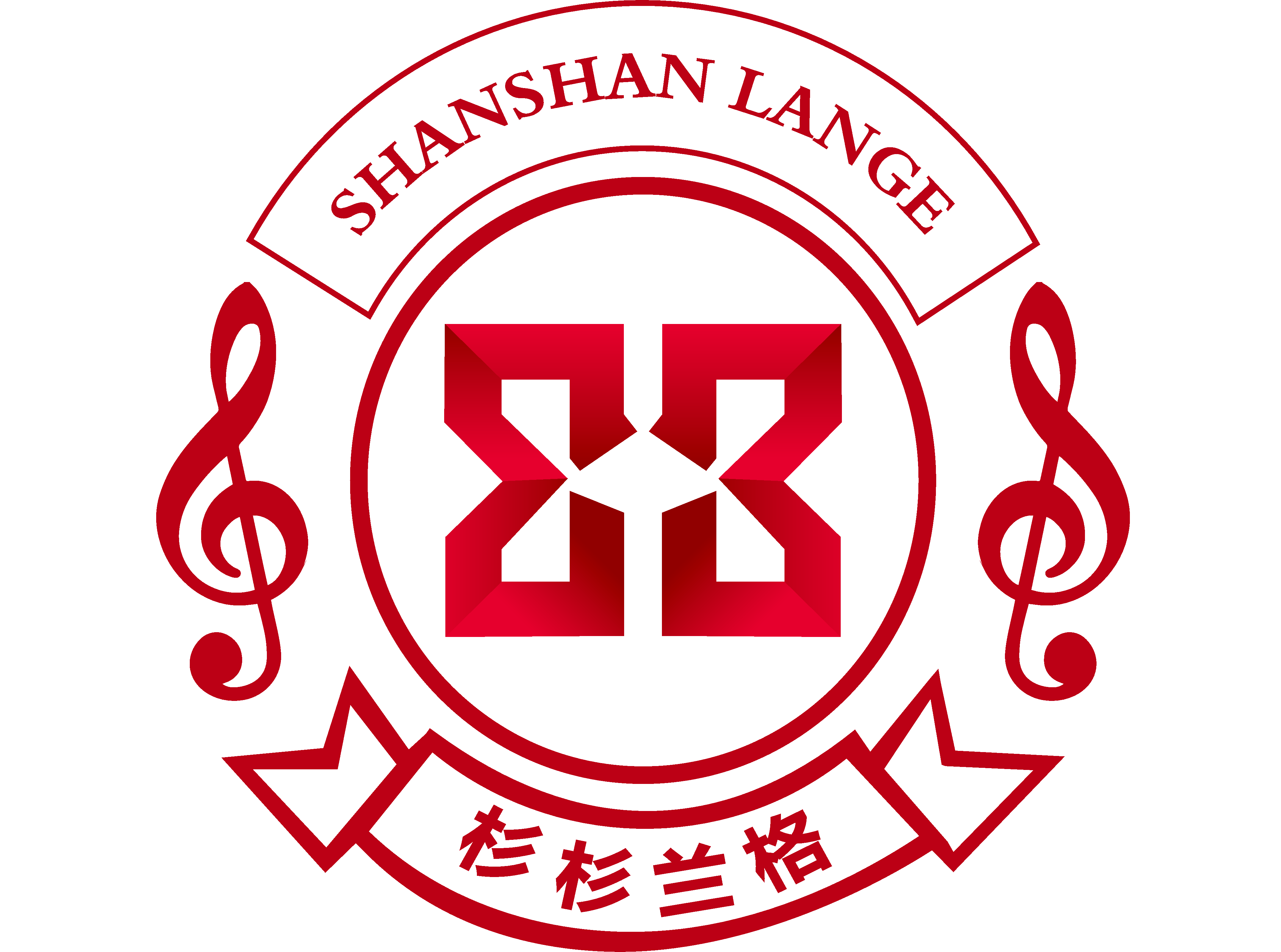
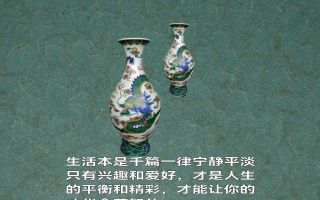
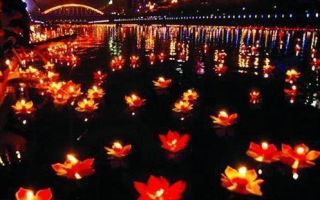

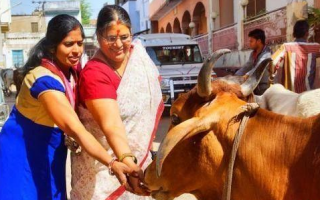
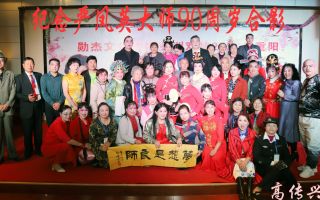
0 条 评 论 Write a Response